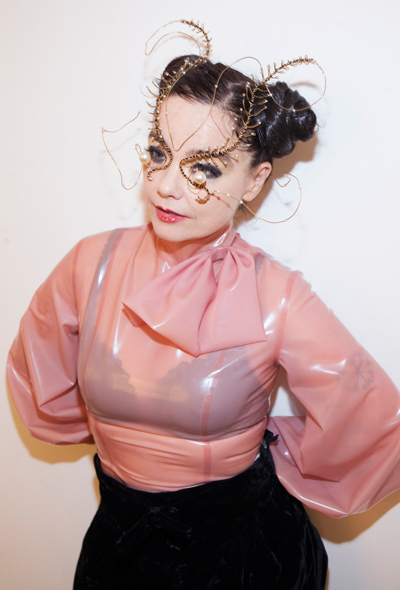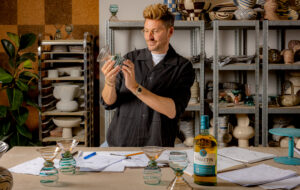|
Fans of the experimental artist will be mesmerised by her intrepid melding of music and technology, but those less familiar with her work will find this exhibition confusing, says Peter Smisek In the world of pop, few artists can rival Björk for sheer innovation; her work not only increasingly embraces cutting-edge technology, but is also shaped by it. Last year, the Museum of Modern Art in New York celebrated her career with a much-maligned retrospective, though some critics were kind enough to stress that their less-than-glowing reviews weren’t down to the lack of artfulness in Björk’s output. Björk Digital, a new exhibition dedicated to the performer’s latest work, now comes to London after a successful run in Sydney and Tokyo. The show does its best to forget the ill-fated MoMA outing by focusing on the latest immersive music videos from the artist’s last album Vulnicura, as well as an earlier foray into digital from 2011, an app album called Biophilia. A few words of warning: Vulnicura is essentially a break-up album, so the lyrical component of the five main exhibits needs to be taken with a degree of earnestness. Furthermore, those unfamiliar with Björk’s work should either acquaint themselves and embrace the often ‘difficult’ music and singular aesthetic, or give the whole thing a miss, as the show does absolutely nothing to explain the progression of Björk’s career and ever-shifting musical and visual sensibilities.
The exhibition devotes ample room to five of Vulnicura’s nine tracks that have undergone immersive treatment (the other four are pending). Black Lake, commissioned by MoMA last year, is a fairly conventional looking two-screen installation with surround sound, but the others can all be experienced using virtual reality headsets. Stonemilker presents a 360-degree view of multiple versions of the singer performing the song, while Mouth Mantra was filmed from inside the artist’s moth. Quicksand is a digitally enhanced, 360-degree motion-capture of a live perfromance, and the last one, Notget, is a fully digital, lightly interactive piece. Perhaps more than anything, Björk Digital reveals the limits of VR technology: uncomfortable headsets, sometimes awkward image alignment and animation and still scant interaction. It is abundantly clear that Björk is at the forefront, but the actual products of this nascent technology do not (yet) fulfil the promises it carries. The one room devoted to the app album Biophilia, which is now used as a teaching aid in music lessons across Scandinavia, offers a more satisfying experience. The app can be used in a myriad of ways, from straight up listening to the music, to interacting with the songs themselves, to learning about various musical structures and their relationship to nature. There is also a cinema room dedicated to screening the artist’s previous music videos, no explanation given. This lack of context, even for a devoted fan, is the show’s greatest weakness. Björk and her collaborators have always been early adopters of digital technology, whether in the recording studio or outside it, and there is no exploration as to how this influenced the aesthetic and the creative processes behind the work. At the press conference, Björk was video-linked from Reykjavík as a virtual, psychedelic-looking avatar and explained how at the end of the 1990s, a laptop meant she was no longer confined to the studio and could work from home – which lead to the intimate Vespertine in 2001 – or how a touchscreen tablet in 2006 inspired and allowed her to make the didactic, interactive Biophilia app in 2011. It would be for the best if the press Q&A was included as a part of the exhibition. As it stands, Björk Digital is the best place to see the artist’s VR work, which, despite its limitations, is impressive in its scope and ambition. For the uninitiated, the show is bound to be rather confusing and bewildering in its visual and aural assault. For such visitors, the £15 ticket is a far too expensive. Introduction to the world of Björk, this is not. Try Youtube first. Björk Digital, 1 September – 23 October 2016, Somerset House, London |
Words Peter Smisek
Images: Santiago Felipe, Andrew Thomas Huang, Rewind VR, Jesse Kanda |
|
|


















